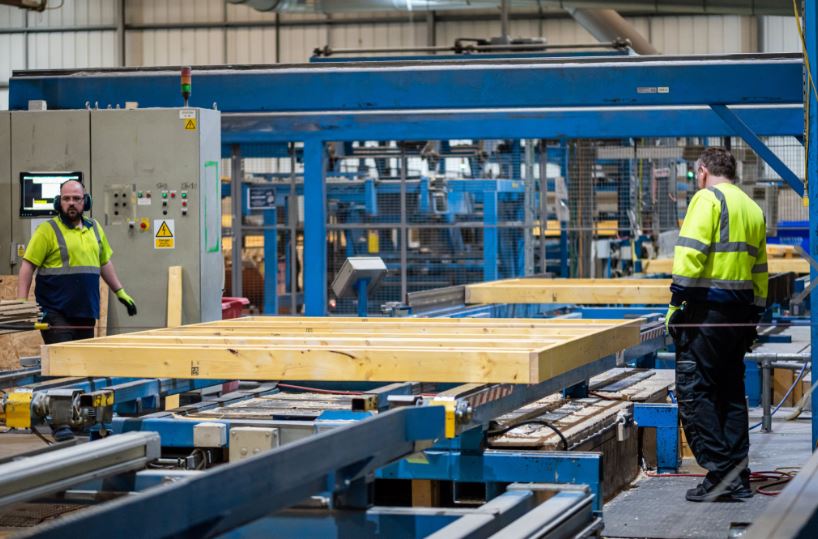
TTJ (Timber Trades Journal) canvassed industry organisations and
companies about their plans and predictions for the sector for
the year ahead. Respondents identified challenges due to the
wider economic situation and geopolitical tensions, but they
also see market opportunities and continuing strong prospects
for timber generally given its capacity for reinvention and its
increasingly relevant environmental credentials.
Alastair Kerr
Wood Panel Industries Federation director-general
The script for the current economic outlook was written over the
past three or four years and is shaped by the cumulative impact
of both global and regional geopolitical events and some
national self-inflicted impacts which still weigh on the country
post Brexit.
Whatever your political leanings, you would normally expect a
boost to the economy when a party wins a significant majority,
but unfortunately that doesn’t seem to have materialised this
time round and some of the autumn Budget announcements only add
to industries’ costs and don’t seem to have improved consumer
confidence. The latter is particularly important because 80% of
UK consumption is domestic.
Looking to 2025 there is some optimism, but this really needs to
be seen against the backdrop of gloomy 2024 numbers where UK GDP
and inflation bounced around. Energy costs remain challenging
and private and public house building slowed (down 9-10% on
2023).
For the panel sector, housebuilding, refurbishment, repair and
maintenance are key market segments where growth will drive
demand for panels either within the building structure or in
subsequent furniture. Whilst the government seems committed to
it, no one on the Construction Leadership Council believes that
the government target of 1.5 million new homes by 2030 will be
met because there isn’t a quick fix to some of the key
structural inhibitors such as planning and skills shortages.
Targets aside, there is an expectation of modest growth in these
sectors in 2025 and the key for business will be to see (however
modest) steady but sustained growth, as it is this which helps
with investor confidence.
The feedback from the Construction Products Association is that
there is improvement in housebuilding under way, albeit from a
very low base, with new
sites opening and brick deliveries and forward orders improving.
New homes are having to meet tighter energy efficiency
standards, which should help play to timber frame’s strengths.
Nearly every major housebuilder has a timber frame facility
within their portfolio, so we can hope that the percentage of
timber frame homes in Englandwillprogressivelyincreasefromthe
16% estimated by NHBC (2023).
The export market is being hampered by equally subdued demand in
Europe particularly in Germany. The European Commission’s
economic sentiment indicator in October was 3% below the
long-term average and looks set to continue flat lining into
2025.
Certainly, the first half of 2025 looks to continue with the
challenging market conditions, but progressive companies often
invest when market conditions are difficult, either to enhance
their offering or to prepare for growth in better times. I see
signs of this within the panel sector.
--- > More details of the report
can be found here
Source: ttjonline.com